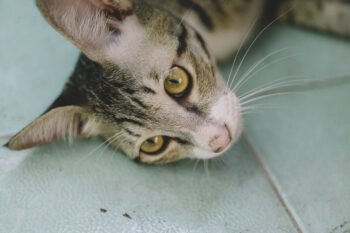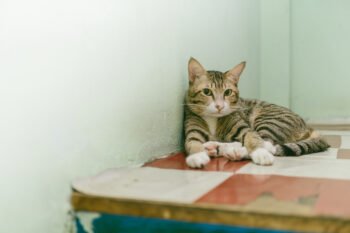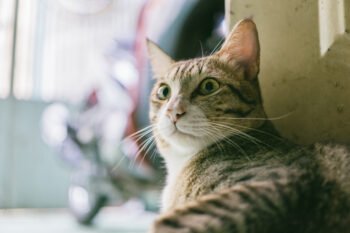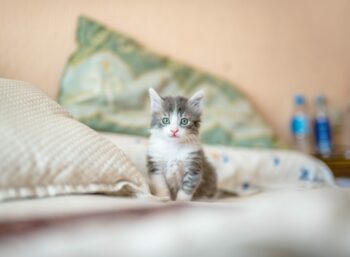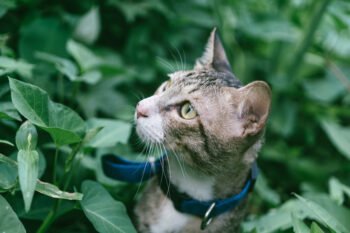Here’s a clue for future cat-toy shopping: Quite often, your cat’s preferred method of hunting will be reflected in its choice of favorite toys. Below, Marilyn Krieger, certified cat behavior consultant and author of Naughty No More! and others share more about the feline play drive, and how you can better select toys for your cat.
Your Cat’s Inner Wild Nature
Sometimes, cat toy preferences can be passed down through feline generations. A cat in the wild might hunt as its mother taught it to hunt, explains Ingrid Johnson, a certified cat behavior consultant with Paws, Whiskers & Claws, The Feline Hospital in Marietta, Ga. “Oftentimes with barn cats, if the mom’s a mouser, the kittens tend to grow up to be mousers as well,” says Johnson. “Cats are actually extremely prey-specific.”
At the same time, cats can be equal-opportunity hunters, says Krieger. Hunting can be a dangerous situation for them, so a hungry cat in the wild might pursue the easiest prey. That’s one reason cats play with their prey — and their toys. It’s safer for them to tire out their prey before moving in for the kill.
Playing With Your Cat
Identifying your cat’s prey preference will make play more fun and save you from wasting money on the wrong toys.
Make an initial investment in an assortment of toys to try with your cat. You’ll want toys that mimic birds, perhaps flying through the air or making chirping sounds, and toys that stand in for prey that is hunted on the ground. You might even try a large stuffed animal for a cat that likes kicking its prey. “That can be a redirection tool if you have a cat that likes to chase and bite hands,” says Krieger. You can imitate the movement of a bug using a string with a knot on the end or by tossing some kibble across the floor.
Any toys your cat doesn’t enjoy can be donated to a shelter or rescue organization.
How to Feign Being Prey
Although it helps to see the world through your cat’s eyes, it’s even better to think like prey when you play. Try these techniques:
- Change movements. “The movements you do are most important when it comes to enticing your little hunter,” says certified cat behavior consultant Pam Johnson-Bennett. “Some cats enjoy erratic, jerky movements, and some are more enticed by fluid, smooth movements.”
- Be less obvious. “Cats want to chase things that are sitting, twitching, cowering in fear and barely moving,” says Johnson-Bennett. “Cats like their prey to be slinky and mysterious.”
- Use smaller objects. Smaller toys appeal more to cats because your cat might view a large toy as an opponent rather than prey, explains Johnson-Bennett.
- Don’t attack your cat. “People playing with toys will throw toys at cats,” says Johnson. No mouse with any sense of self-preservation is going to run at your cat. “Prey always goes away from the predator — never back toward the cat,” explains Krieger.
- Let your cat win. The satisfaction of the hunt, after all, is to subdue the prey. “At some point, your cat needs to capture whatever it is your cat is trying to capture,” she says. “Culminate play with a catch.”
- Understand your cat’s personality. How your cat plays also might depend on its personality and confidence, explains Johnson-Bennett. “A shy, unsure cat might prefer a smaller toy,” she says. “An athletic cat might go for a toy that flies through the air.”
Keep It Simple
You needn’t buy elaborate toys to engage your cat. Your cat might enjoy batting around a ping-pong ball or crinkled paper. When you’re playing with your cat and experimenting with different types of toys, also keep your pet’s age and mobility in mind. “You don’t ever want to overdo it,” says Krieger. The most important thing to remember is to make the experience fun for both you and your cat.

